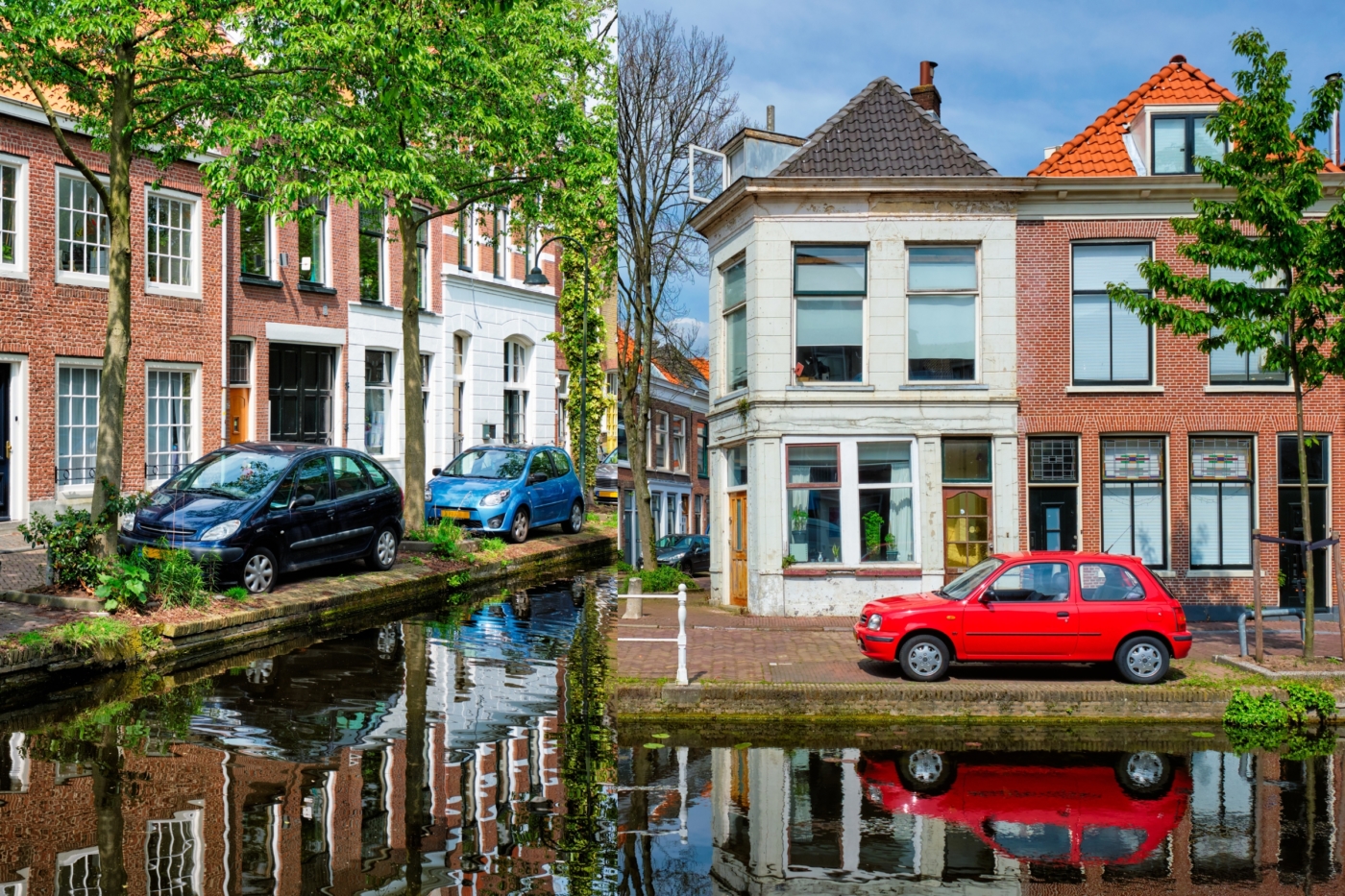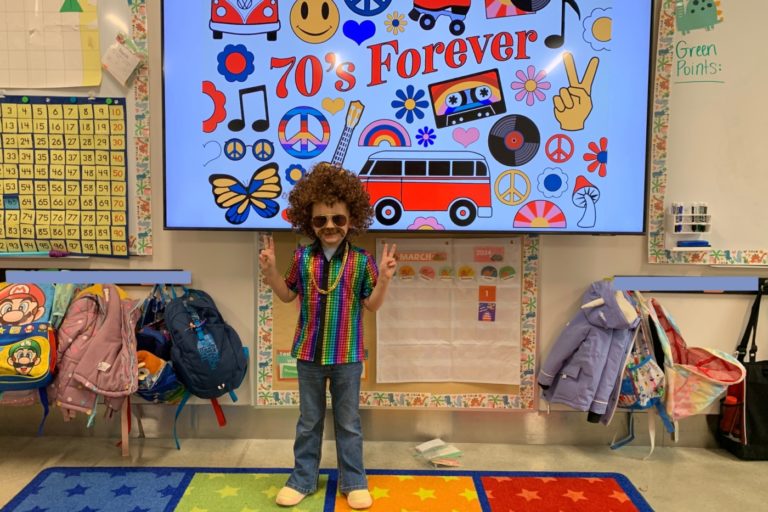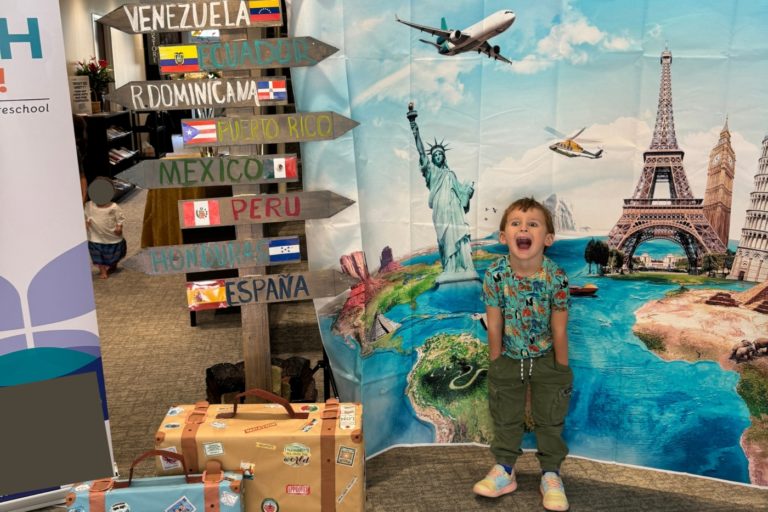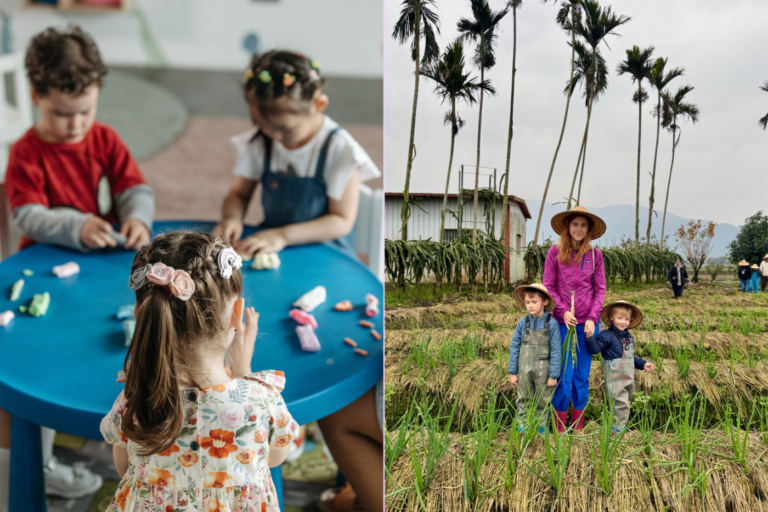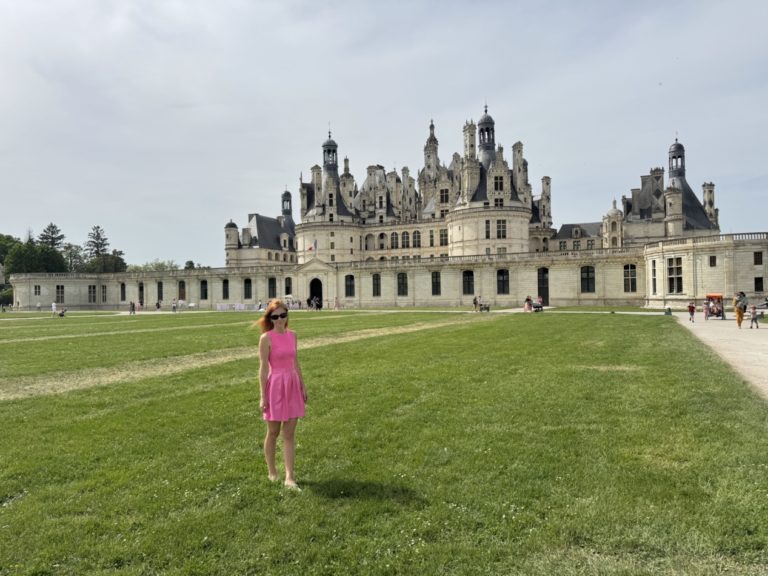Dutch Swimming Diploma: How the Netherlands Keeps the Kids Safe
Unlike in the US when swimming is basically optional for kids and never taught at schools, in the Netherlands ability to swim is crucial. Swimming is extremely important in the Netherlands, as everything is surrounded by the canals, so one needs to be able to rescue themselves.
If you’re moving to the Netherlands with kids, you basically need to get them to learn to swim. If they’re already swimming somehow, it doesn’t necessarily mean that they’ll be able to pass the Dutch swimming diploma, which is crucial for being part of the community and staying safe.
Do You Have to Pass the ABC Swim Diploma (Zwemdiploma)?
Attending swim classes and/or passing the exam isn’t compulsory. However, there might be events with school, or kids parties that children without a diploma will be excluded from.
Many public pools or guarded swim spots will either make you wear swim vests, or ban kids without a national Dutch swimming diploma A.
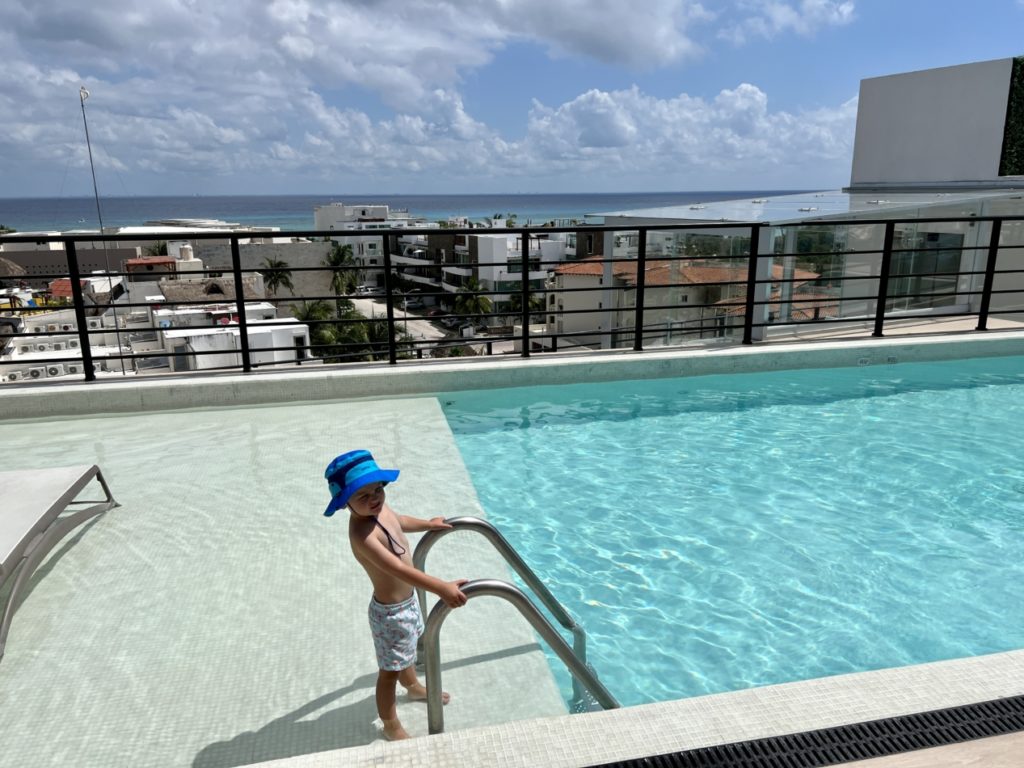
What Exactly Is the ABC Zwemdiploma? What Does it Teach?
Zwem-ABC is a program that ensures that children develop water survival skills and basic swimming skills. It covers everything from freestyle, to what to do if you fall through the ice, or off the boat.
It’s a VERY different program than swim classes in the US, UK, or some other European countries. In other countries, the main focus is how to master the 4 main swimstyles for competitive purposes while, ISR doesn’t cover actual swimming.
In the Netherlands, the focus on actual swimstyle is less important, than swimming fully under clothes or passing underneath big objects. For the final exam they need to swim in heavy boots and coats in order to imitate the real-life situation of falling in.
Swim Classes in the Netherlands
You can find swim classes that issue and examine and issue these national diplomas here.
Most good schools won’t start classes till kids are nearly 5 years old. This makes sense, because while the child can learn to swim before that (my 3 year old is safely swimming just fine), they don’t have the physical capacity to perform some freestyle movements for example.
While the final exam is standardized the classes and teaching methods aren’t. Some pools traditionally teach the kids with an instructor in the water, starting with the ease of water and teaching them how to float on their backs and get out of the pool.
Others will dress the kids in life jackets, swim wings and back floatie and make them hold the board, because the instructor only watches from the side. The kids are told to learn to swim breaststroke and once they master the technique, they gradually lose the kickboard, swim wings, then life jacket until eventually also lose the back floatie.
Only then they learn to float on the back and dive. The reasoning behind this method is that the kids will be less scared of the deep pool.
Definitely make sure to do your research and pick the right pool. Some pools are very shallow and the kids are actually stand, which gives many a false sense of security and the progress will be slower.
Dutch Swim Diplomas
Zwemdiploma A is a “certificate” that kids get when they’ve done their first and basic swimming exams. The time it takes to master the skills for each diploma varies from child to child, but most claim that kids will be ready to take the A Diploma after an average of 48 hours of swimming lessons.
This is an equivalent to about a year, but in to get the entire ABC you need about 2 years of swim lessons minimum.
Diplomas B and C require rather less time, averaging 12 hours of swimming each. I can tell you that in reality most kids need more time than this, unless they’re some swim prodigies.
Diploma A is the hardest to achieve, because it’s the introductory one. Can your child be independent in the water after passing it? Not yet. Even with the B diploma you still supervise while your child is swimming, with the C diploma your child can look after himself.
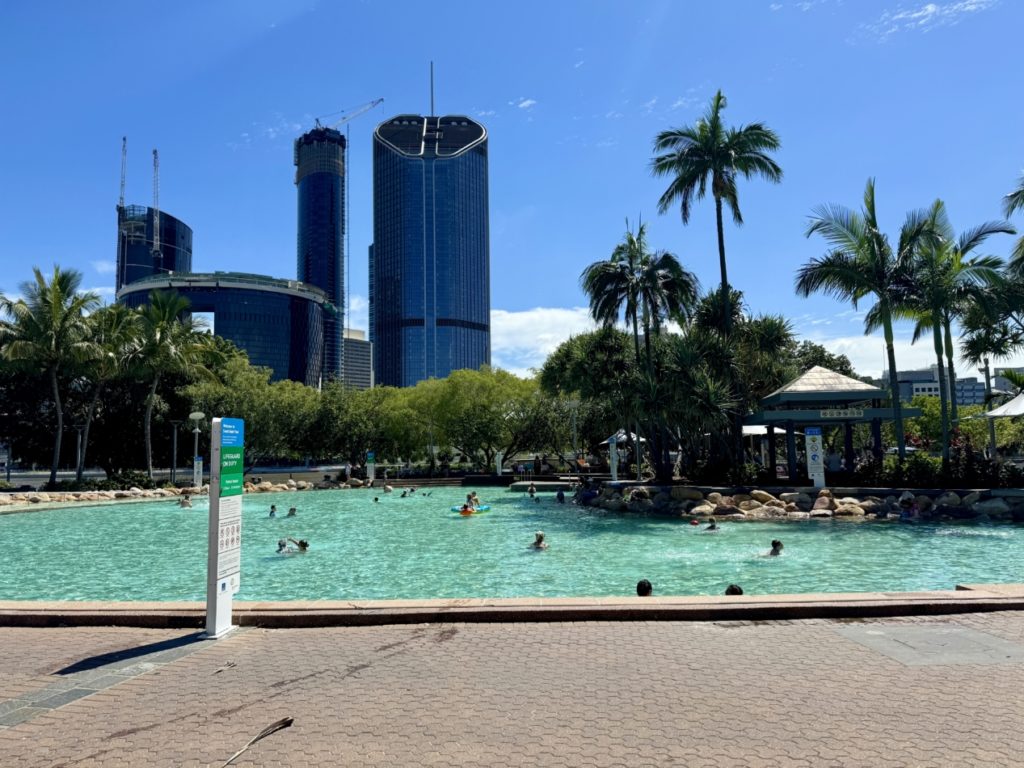
Requirements for Dutch Swim Diploma A
To get your Dutch A diploma you must first demonstrate water survival skills. A child must be able to jump into the water from a diving block with their clothes. Then, they need to tread water for 15 seconds and swim about 15 yards (12 meters) to get out of the pool.
Next step of the test is diving. A child must jump into the water and swim underneath an object (pipe or block) before emerging. This imitates falling under a boat or ice.
Afterwards, they can remove their clothes to demonstrate actual swim strokes. They need to swim – 25 meters of breaststroke (AKA froggy style), then 25 meters of basic backstroke (AKA chicken-star-rocket), then dive underwater and continue breaststroke again for another 25 meters.
After that, they need to do 10 meters of freestyle and regular backstroke and hold their face underwater for 15 seconds.
Requirements for Dutch Swimming Diploma B
Diploma B is basically an extension of diploma A. They need to be able to swim larger distances and dive for longer.
Actual requirements are:
- Survival: same as diploma A but jumping in backwards.
- Underwater orientation: dive from the shore and swim underwater through a hole in a vertically hanging sail, 6 meters away from the side.
- Endurance swimming: alternating 25 meters of breaststroke and single backstroke (150 meters in total), plus turns from stomach to back and from back to stomach.
- Front crawl and back crawl: both 10 meters.
- Feeling comfortable in the water: jump into the water and float on your back for 15 seconds.
- 5 meters headward movement on the back: using arms in the direction of a floating object, followed by 20 seconds of floating using a floating object.
- Orientation and movement above water: 60 seconds of treading water while moving in multiple directions, lowering on foot towards the bottom.
Requirements for Swim Diploma C in the Netherlands
Not every child continues to Zwemdiploma C. It provides kids with any unexpected situation and masters swimming in every style.
It adds to Diploma B, by:
- Roll forward from the side into the water instead of jumping.
- 30 seconds of vertical floating with an object.
- Move 5 meters on your back using only your arms.
- Underwater orientation: swim 100 meters under a mat.
- Swim a few strokes in the water, then submerge 1 meter in front of a sail hanging vertically in the water and swim underwater through the hole in the sail.

